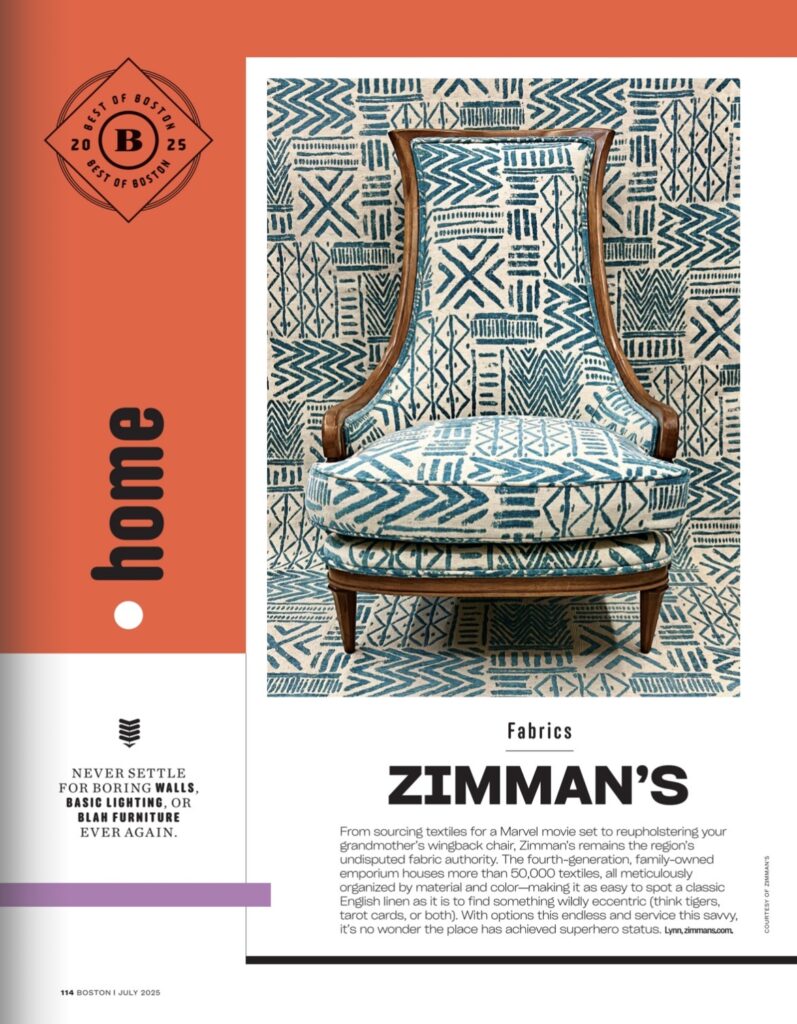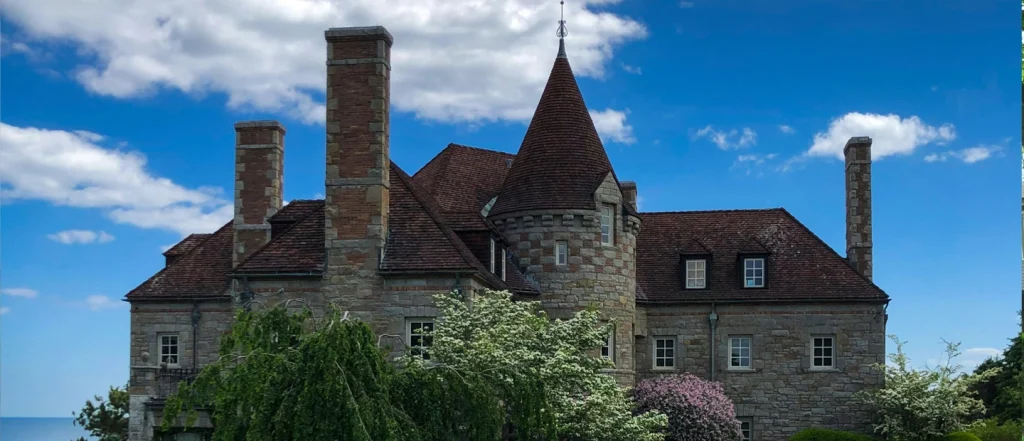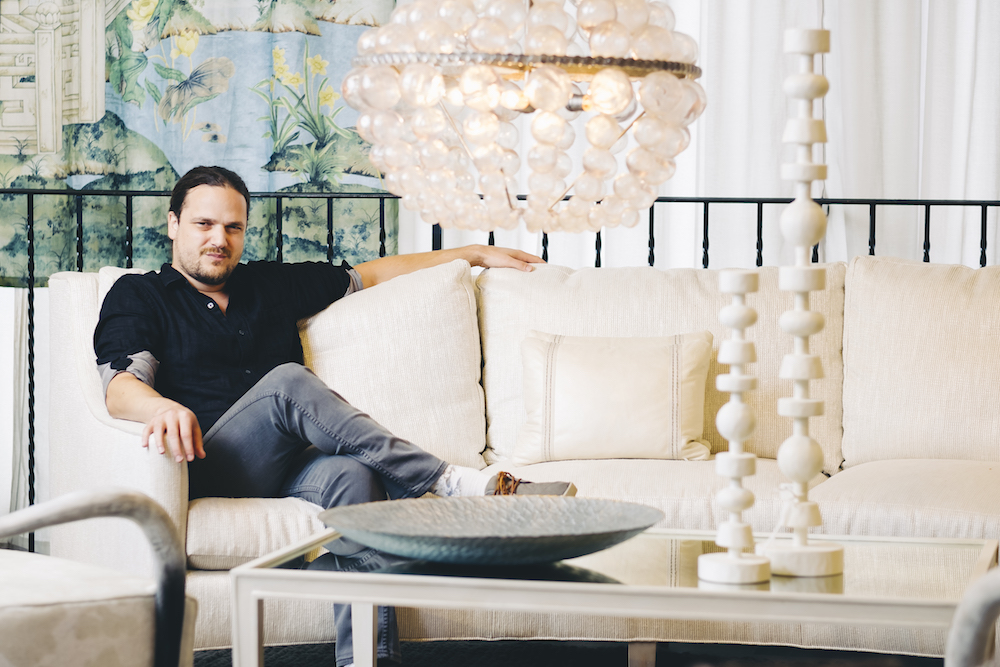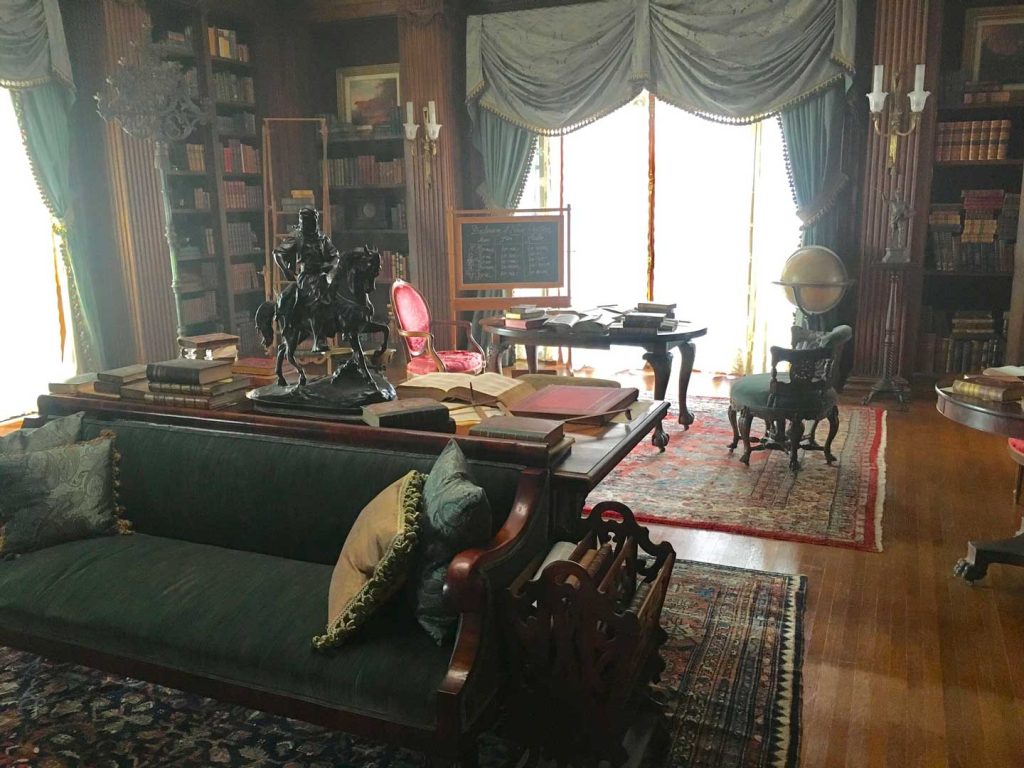Common District
The Common District encompasses Wakefield’s historic civic center—laid out in 1644 around the town common and framed by civic and religious buildings in Late Victorian and early 20th-century Revival styles. It was listed on the National Register of Historic Places in 1990 for its architectural cohesion and central role in town governance and community life :contentReference[oaicite:0]{index=0}.

Phone: (781) 246-6300
West Ward School (Little Red School House)
Built in 1847 in Greek Revival style, the West Ward School is the sole surviving 19th-century one-room schoolhouse in Wakefield, now preserved as a museum showcasing local educational history :contentReference[oaicite:1]{index=1}.

Phone: (781) 246-6331
Lucius Beebe Memorial Library
Opened in 1923 in Neo-Classical style, the Beebe Library was funded by Lucius Beebe’s family and features a grand reading room with literary medallions, serving as Wakefield’s architectural and cultural landmark :contentReference[oaicite:2]{index=2}.

Phone: (781) 246-6334
United States Post Office–Wakefield Main
Constructed in 1936 as a Depression-era project, this Classical Revival brick and limestone building harmonizes with neighboring civic structures and remains Wakefield’s principal post office :contentReference[oaicite:3]{index=3}.

Phone: (781) 245-3831
Wakefield Trust Company
Built in 1924 in Classical Revival style by Hutchins & French, the limestone Wakefield Trust Company building anchors the western side of Main Street alongside its contemporaries and exemplifies early 20th-century civic-commercial architecture :contentReference[oaicite:4]{index=4}.

Phone: (781) 246-6334
Massachusetts State Armory (Americal Civic Center)
Erected in 1913 in Classical Revival style to house the Richardson Light Guard, the former armory features a full-height portico and now serves as the Americal Civic Center for community programs :contentReference[oaicite:5]{index=5}.

Phone: (781) 224-0356
Flanley’s Block
Dating to 1895, Flanley’s Block is a three-story Italianate commercial building with ornate brickwork and modillioned cornice, illustrating Wakefield’s late 19th-century downtown prosperity :contentReference[oaicite:6]{index=6}.

Phone: (781) 246-6330
E. Boardman House
Constructed in 1790 by Elias Boardman, this three-story Federal-style residence—dubbed “Boardman’s Folly” for its urban elegance—features a hip roof, pilastered corners, and a Palladian window :contentReference[oaicite:7]{index=7}.

Phone: N/A
Deacon Thomas Kendall House
Dating to circa 1660, the Deacon Thomas Kendall House at One Prospect Street is one of Wakefield’s oldest surviving homes, representing early colonial timber-frame construction .

Phone: N/A
Church–Lafayette Streets Historic District
This 7-acre district includes a cohesive collection of Federal and Greek Revival homes on Church and Lafayette Streets, reflecting Wakefield’s late 18th- and early 19th-century residential growth :contentReference[oaicite:9]{index=9}.

Phone: N/A
First Parish Congregational Church
Founded in 1638 and rebuilt in 1892, this Romanesque-Byzantine sanctuary on Church Street marks Wakefield’s 380-year religious heritage, featuring stone arches and stained glass :contentReference[oaicite:10]{index=10}.

Phone: (781) 245-1644
Emmanuel Episcopal Church
Dating to 1860, Emmanuel Episcopal Church on Common Street is a Gothic Revival landmark with pointed-arch windows and buttresses, hosting seasonal concerts and services .

Phone: (781) 245-8183
Saint Joseph Parish
Serving Wakefield’s West Side since 1903, Saint Joseph Parish’s Romanesque Revival church on Main Street features a central rose window and community outreach programs :contentReference[oaicite:12]{index=12}.

Phone: (781) 245-7444
Temple Emmanuel
This Colonial Revival synagogue on Main Street serves Wakefield’s Jewish community with worship, education, and holiday celebrations in a dignified brick sanctuary :contentReference[oaicite:13]{index=13}.

Phone: (781) 245-2954
Beebe Homestead
Circa 1810 and remodeled in Federal style, the Beebe Homestead at 142 Main Street overlooks Lake Quannapowitt and exemplifies early 19th-century domestic architecture of a prominent local family :contentReference[oaicite:14]{index=14}.

Phone: N/A
Emerson–Franklin Poole House
Built around 1795, this Federal-style house at 23 Salem Street was home to landscape artist Franklin Poole and features original Rufus Porter murals inside :contentReference[oaicite:15]{index=15}.

Phone: N/A
Beacon Street Tomb
Constructed in 1858 in Greek Revival style, this granite receiving tomb in Lakeside Cemetery features a four-column Doric portico and served to store caskets during winter :contentReference[oaicite:16]{index=16}.
![]()
Phone: (781) 246-6300
Lakeside Cemetery Chapel
Built in 1932 in Neo-Gothic style, the stone Lakeside Cemetery Chapel features buttresses and steep slate roofs, standing as one of Wakefield’s few Gothic ecclesiastical buildings :contentReference[oaicite:17]{index=17}.

Phone: (781) 246-6300
Wakefield Town Hall (William J. Lee Building)
Originally built as South Reading High School in 1872 in Second Empire style, this building was converted to the Town Hall in 1937 under WPA guidance, blending Italianate and Classical Revival elements :contentReference[oaicite:18]{index=18}.

Phone: (781) 246-6300
Breakheart Reservation Parkways Historic District
Partly in Wakefield, this 1934 Metropolitan Park System historic district features CCC-built parkways, stone bridges, and Pearce Lake Beach, illustrating early conservationist design :contentReference[oaicite:19]{index=19}.

Phone: (781) 233-0834






